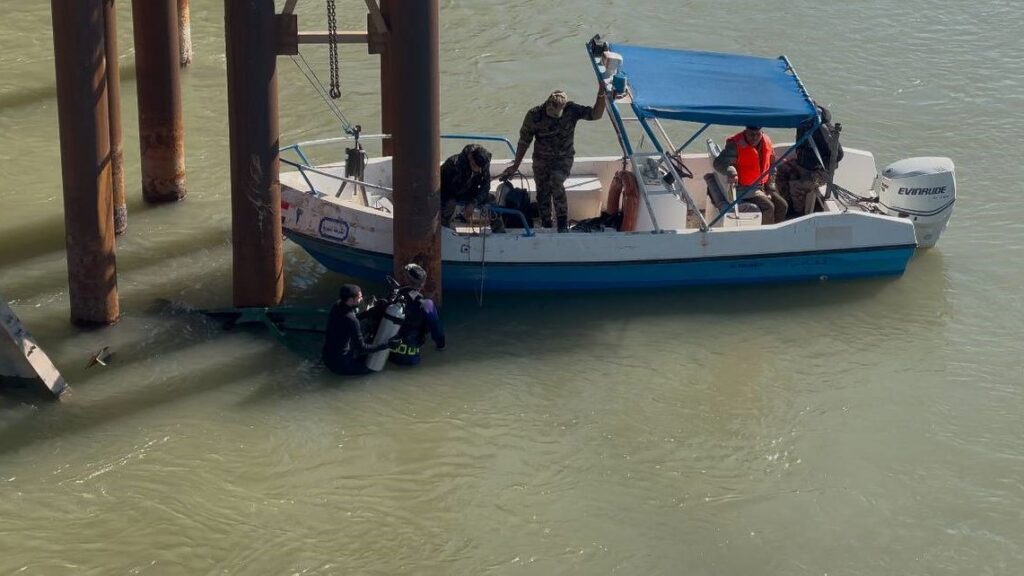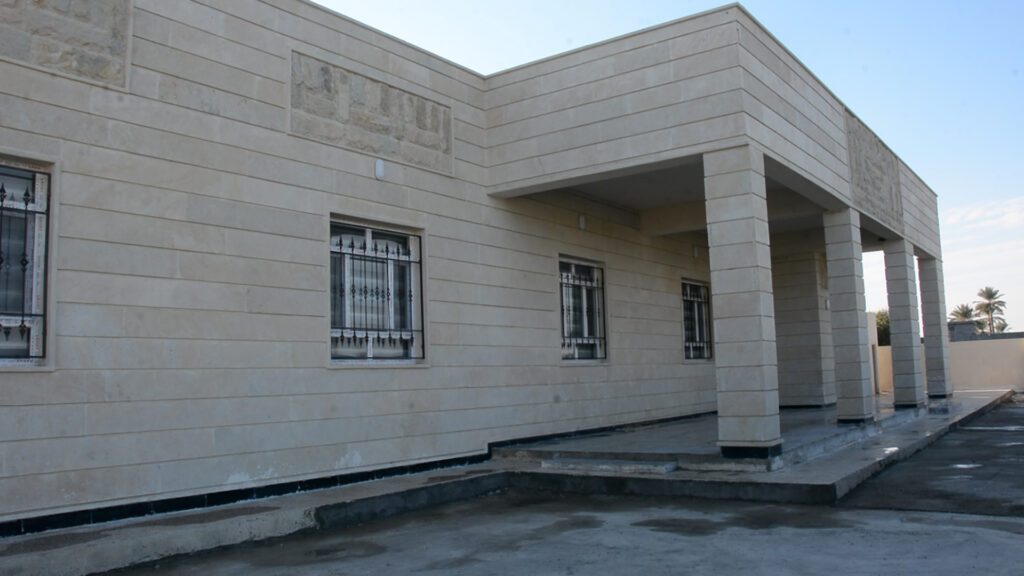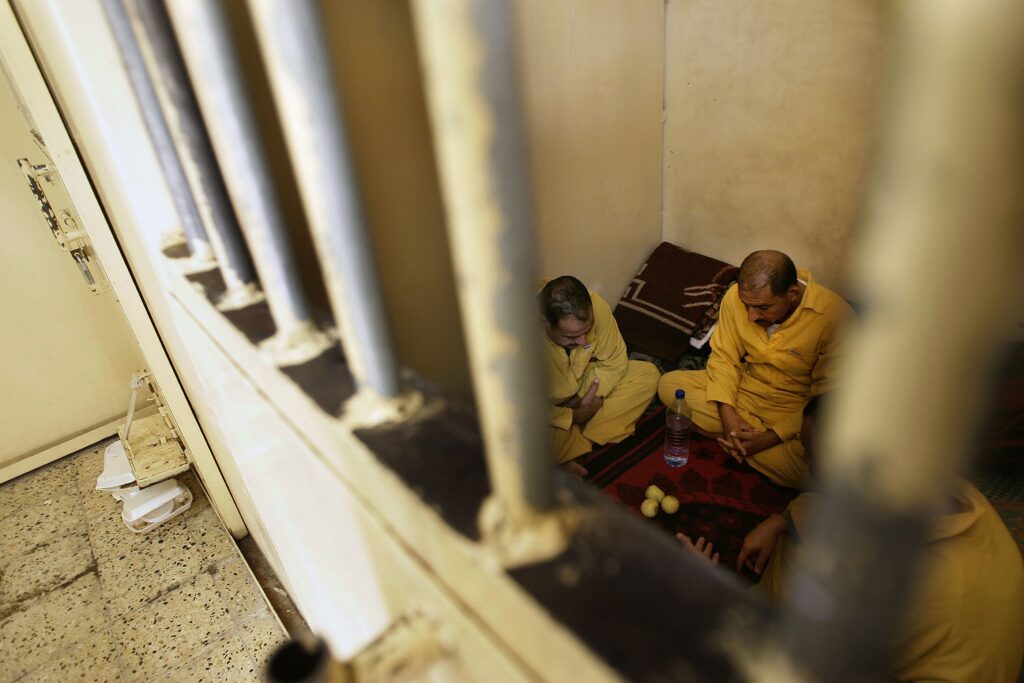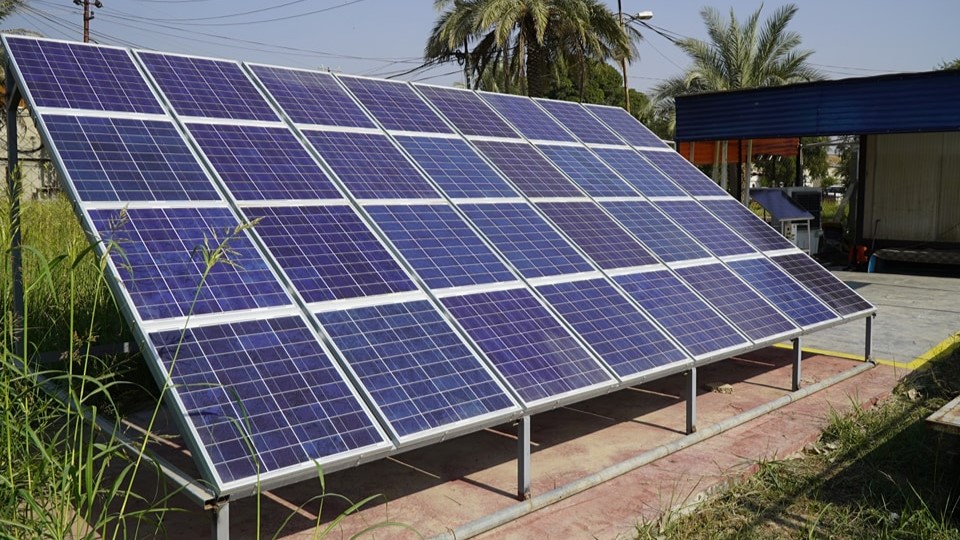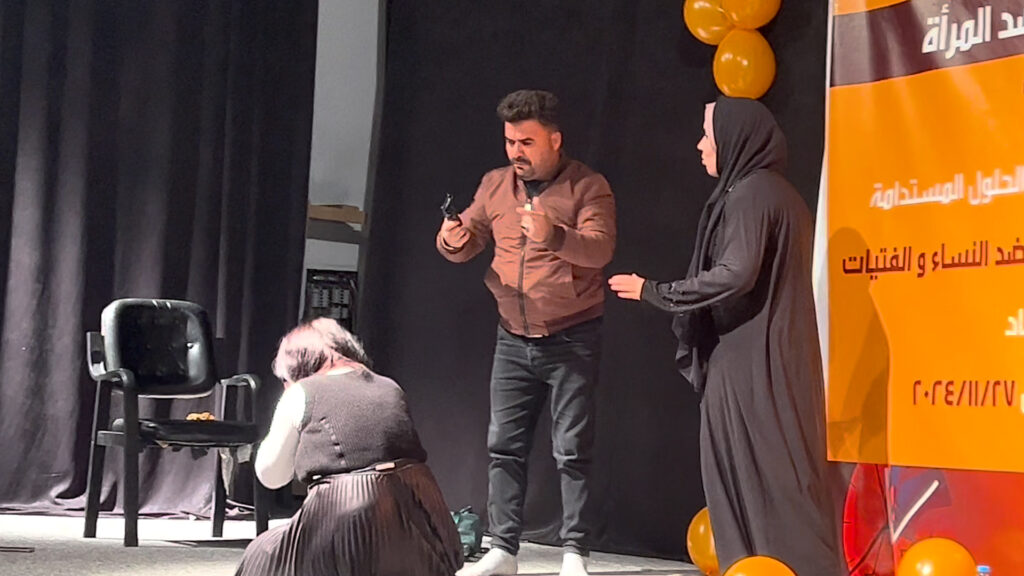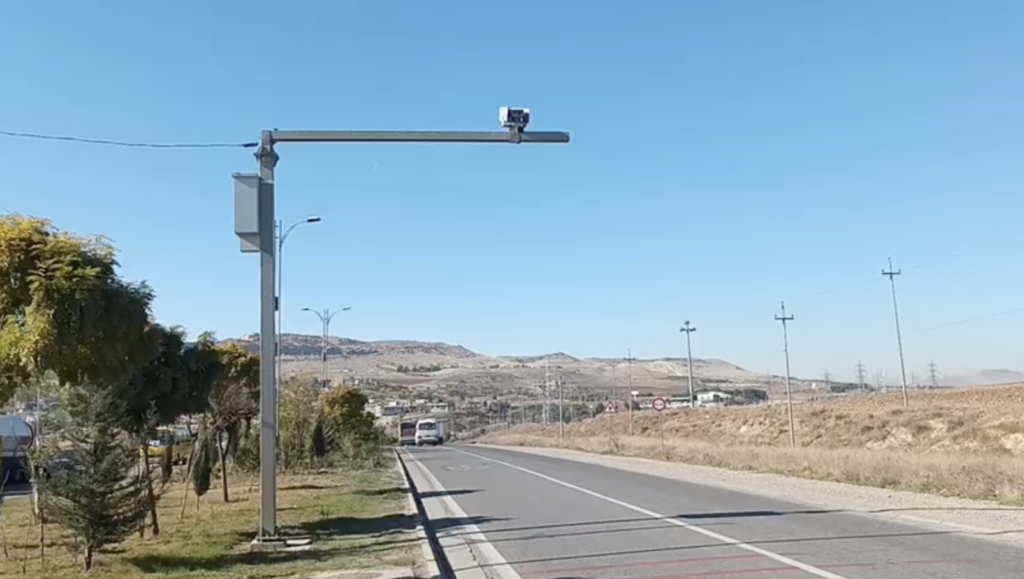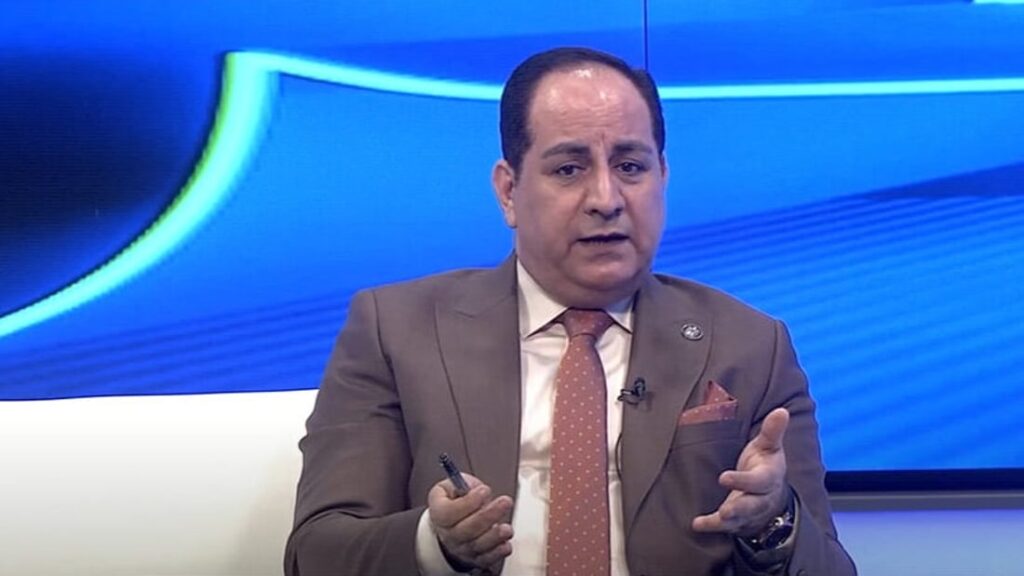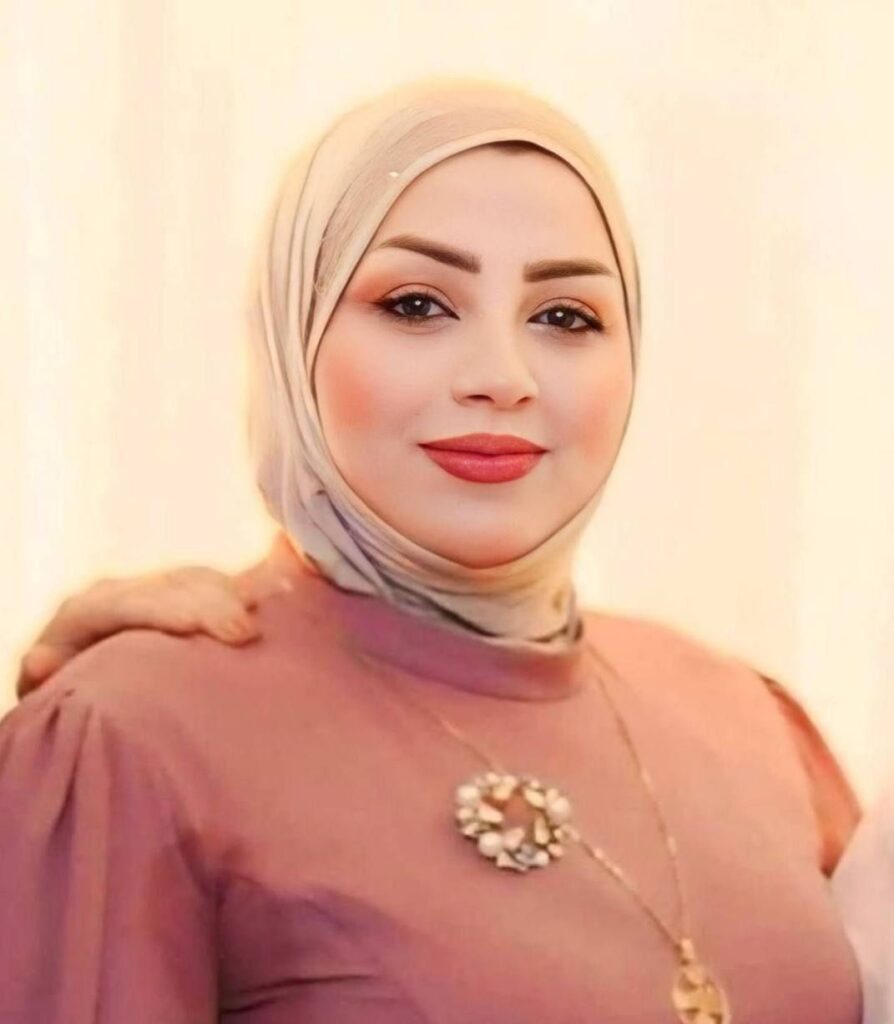Iraq: IOM Iraq DTM Return Index: Findings Round Four (July 2019)
HIGHLIGHTS
RETURNEE POPULATION LIVING IN SEVERE CONDITIONS
• Variation since Round 3 (March 2019): An increase in the number of returnees living in severe or poor conditions has been observed. Of the 1,564 assessed return locations, 286 hosting 514,644 individuals (i.e. 12% of the returnee population), present severe conditions. This represents an additional 42,294 individuals since the previous round, when 11 per cent (472,350 individuals) were living in such conditions across 279 locations. The highest increases were observed in Baghdad and Anbar governorates, where an additional 8,136 and 72,456 individuals, respectively, were found to be living in severe conditions.
• At the national level: Ninewa and Salah al-Din remain the governorates hosting the highest number of returnees living in severe conditions, with 177,408 and 185,502 individuals respectively.
• At the governorate level: When looking within governorates,
Salah al-Din hosts the highest proportion of returnees living in severe conditions (30%), along with Diyala (23%)
INTRODUCTION
Data collection for the Return Index Round 4 took place during the months of March and April 2019 across eight governorates, 38 districts and 1,564 locations in Iraq. Since the previous round (collected in January–February 2019), the number of returnees has continued to increase and as of 30 April 2019, an additional 21,954 returnees were identified, reaching a total of 4,210,734 returnees (701,789 families).
During Round 4, an additional 17 locations of return were assessed.
This report presents a comparative analysis between rounds 3 and 4 focusing on changes in:
the number of returnees living in severe conditions at governorate and district levels – on the overall severity index and both scales;
the list of locations with the highest severity;
return conditions within hotspots identified at subdistrict level for each governorate.

